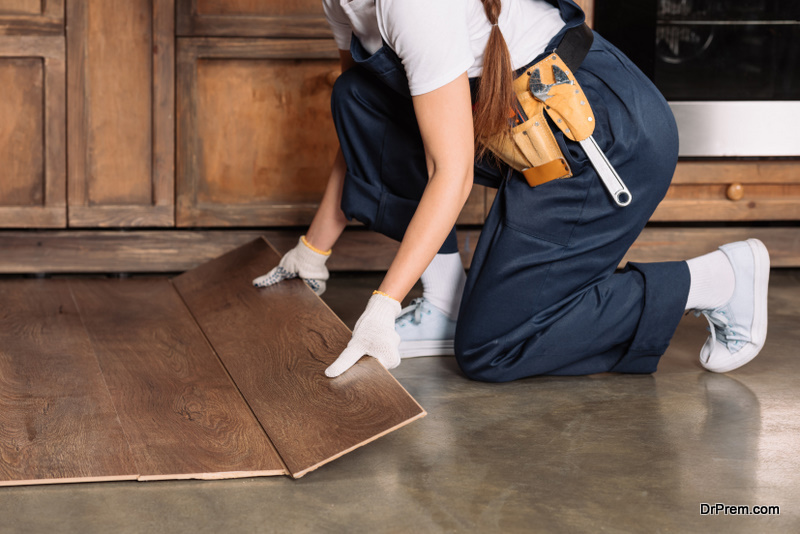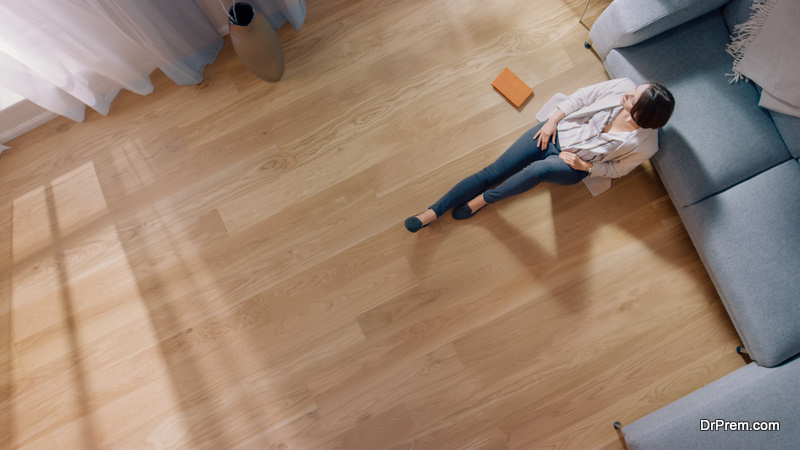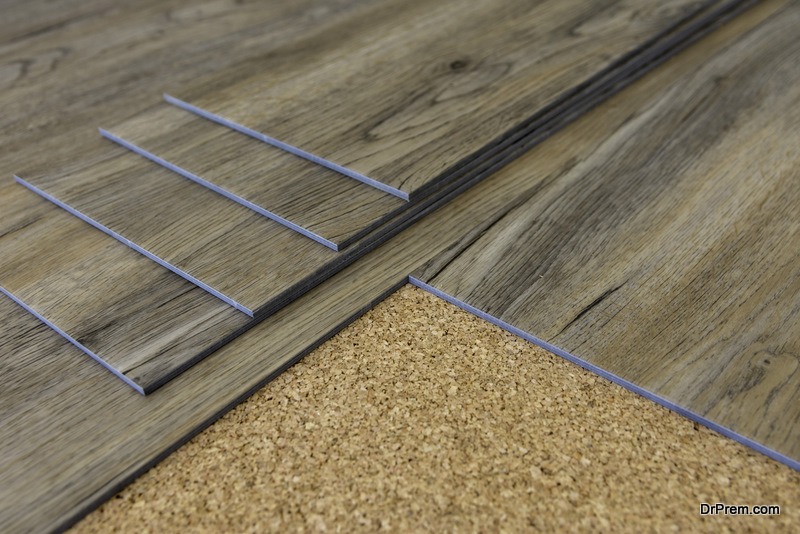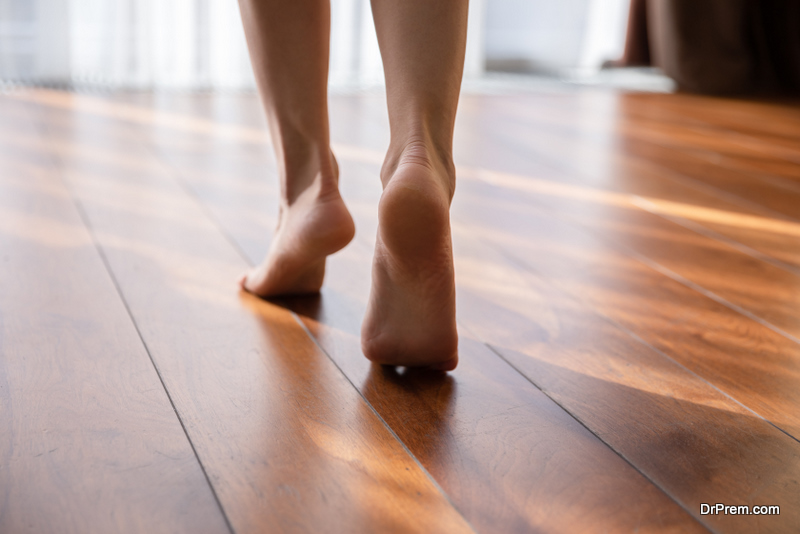Wooden flooring is a cliché term, unless you are talking about any particular form of flooring. In general all types of wooden floorings tend to have certain specific advantages like strength, durability, and cost effectiveness. However, depending upon the particular quality that you want to stress upon, you can select any flooring option from the ones that are mentioned here:
Different Types of Wooden Flooring
1. Laminate
 This is a viable option, especially when you are more obsessed with the wooden look than anything else. Laminate flooring is basically a synthetic material that is manufactured by fusing various layers of HDF core, which is then covered by wooden protective overlay. After wood-effect tiles, it is the go-to options for those who want the wooden look without the expenses that it might entail. In addition, it is also scratch-roof and highly durable.
This is a viable option, especially when you are more obsessed with the wooden look than anything else. Laminate flooring is basically a synthetic material that is manufactured by fusing various layers of HDF core, which is then covered by wooden protective overlay. After wood-effect tiles, it is the go-to options for those who want the wooden look without the expenses that it might entail. In addition, it is also scratch-roof and highly durable.
Nevertheless, it has some disadvantages too. Compared to other types of wooden flooring options, it has shorter lifespan, and it is also prone to damage by moisture.
2. Solid Hardwood
This is what almost everyone imagines when they hear of wooden flooring. It constitutes of the classic up to 2 cm thick wooden log flooring, and is sure to never go out-of-style (as it hasn’t in the past). Though it gives the most authentic wooden look, it comes with some not-so-nice drawbacks. First of all, it is very expensive. There’s nothing like affordable solid hardwood flooring. In addition, its size could fluctuate depending upon the humidity i.e. it could swell when it is moist outside and shrink when it is dry outside. This, however, would depend largely on the type of wood you choose.
3. Parquet
 Parquet flooring lies between the above two categories. Though it might not be as natural as solid hardwood flooring, it isn’t as artificial as laminate flooring. Basically, it consists of various tiny slats of wood arranged in an aesthetically pleasing pattern. While previously the slats were assembled and installed on site, nowadays these come bonded with the backing material. It has considerable aesthetic appeal, but is prone to damage by moisture and scratching, and it requires frequent cleaning.
Parquet flooring lies between the above two categories. Though it might not be as natural as solid hardwood flooring, it isn’t as artificial as laminate flooring. Basically, it consists of various tiny slats of wood arranged in an aesthetically pleasing pattern. While previously the slats were assembled and installed on site, nowadays these come bonded with the backing material. It has considerable aesthetic appeal, but is prone to damage by moisture and scratching, and it requires frequent cleaning.
4. Bamboo
In recent times, bamboo has become the preferred type of wooden flooring for most of the so-called eco-conscious. And it indeed is highly sustainable, thanks to the high availability of the easy growing bamboo grass. In order to manufacture this flooring, bamboo fibres are compressed at high pressure and temperature to turn them into planks. Although relatively inexpensive and naturally water-resistant, this type of flooring is susceptible to damage by scratching and has is available in fewer shades.
5. Cork
 Yet another eco-friendly flooring option, this flooring options in manufactured by taking multiple layers of the bark of cork tree and compressing it to make tiles out of it. The middle layer of these tiles consists of HDF or MDF fibreboard with the original layer of cork on the top. It should be your preferred type of wooden flooring if you want sound and heat insulation. One of the downsides of this flooring is its sensitivity to heat and moisture.
Yet another eco-friendly flooring option, this flooring options in manufactured by taking multiple layers of the bark of cork tree and compressing it to make tiles out of it. The middle layer of these tiles consists of HDF or MDF fibreboard with the original layer of cork on the top. It should be your preferred type of wooden flooring if you want sound and heat insulation. One of the downsides of this flooring is its sensitivity to heat and moisture.
Final Words
All these distinction by no means show that you should only go for a single type of wooden flooring for your entire house. In fact, we’d suggest that you should carefully select it depending upon the purpose of the room and your budget.
Article Submitted By Community Writer




